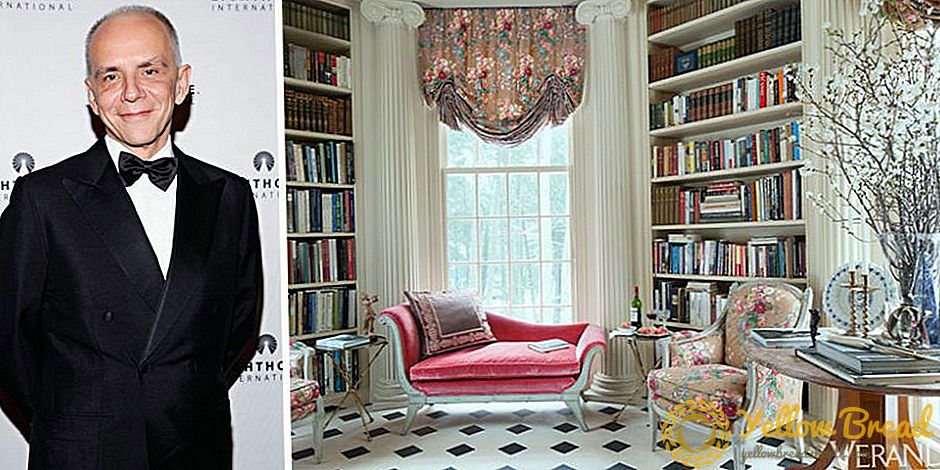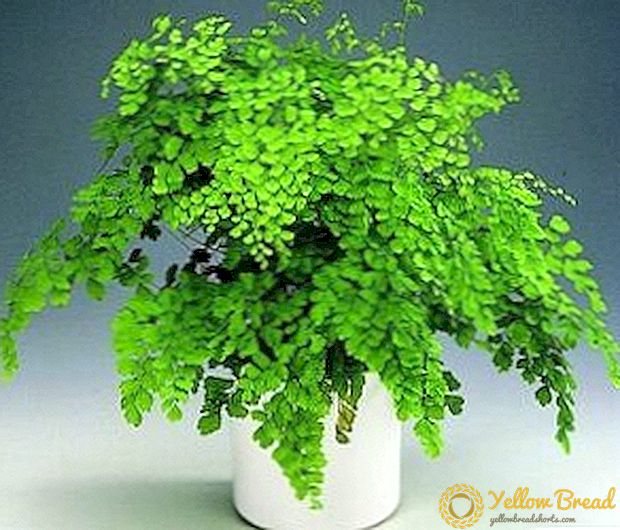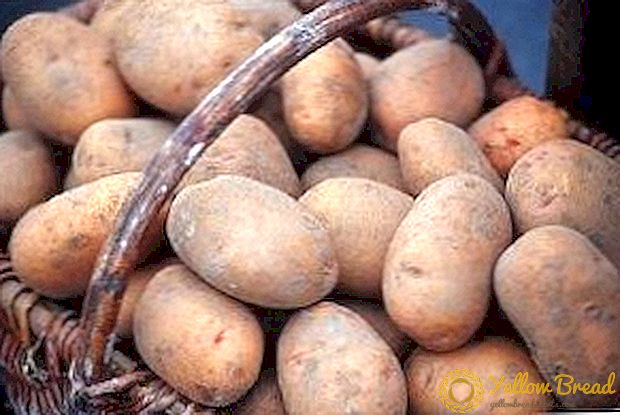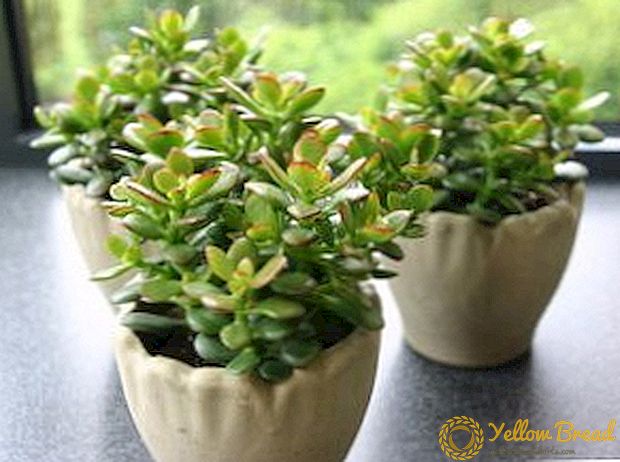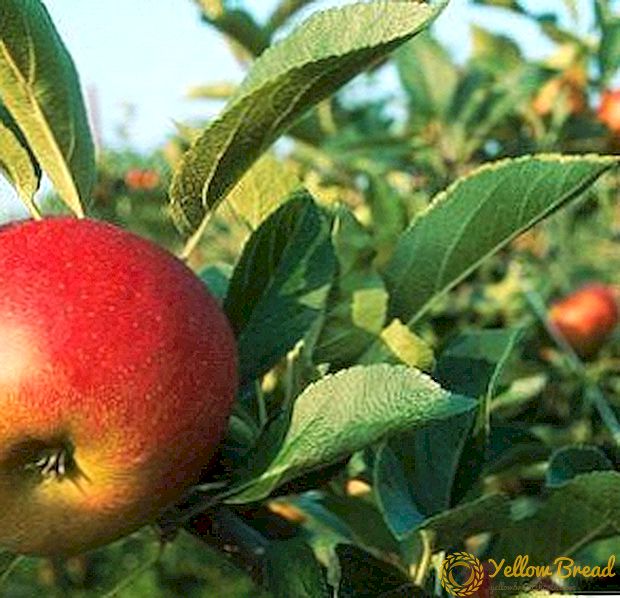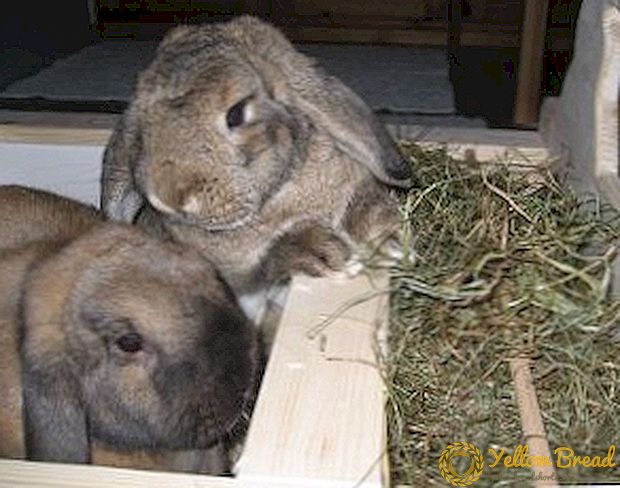 Breeding rabbits is a rather laborious and laborious process. In addition to creating favorable conditions for animals, it is worth taking care of their convenient feeding. In our article we will tell you how to make a sennik for rabbits with your own hands.
Breeding rabbits is a rather laborious and laborious process. In addition to creating favorable conditions for animals, it is worth taking care of their convenient feeding. In our article we will tell you how to make a sennik for rabbits with your own hands.
- The benefits of sennik
- Popular species
- External
- Internal
- How to make a sennik with your own hands
- Materials and tools
- Manufacturing process
The benefits of sennik
For each type of feed you need to build their own devices. Sennik is not only a very convenient design, but also has a lot of other advantages:
- there will be a special place for food, and animals will know where to get it;
- improved animal hygiene, as cleanliness will be maintained in the nursery;
- sennik allows you to balance the diet and make it more useful;
- hay will be in one place, which will save space in the cage for animals;
- All animals will be able to eat in the same conditions, on equal terms.

Hay feeders must be present in the cages with rabbits. Today there are a variety of designs. If you do not have time, you can look at a specialty store and buy ready-made nurseries. However, having made a sennik with your own hands, you can save a lot and take into account all the nuances of the design.
Popular species
There are several types of feeders, but most often there are external and internal senni. Consider each one of them.
External
External nurseries for hay must be attached to the part of the cage in which you plan to place a pallet for food. Feeding trough is usually represented by a box, bottom and three wooden or metal walls. For the manufacture of the fourth wall is used coarse mesh. The cover can be attached with hinges. Sometimes there are completely open designs. The choice of the type of structure depends on whether the nursery is located - indoors or outdoors. If the cage is adjacent to the drinking bowl, the feeder is located on the other side.

Internal
If the cage design does not allow connecting the feeder from the outside, an inner senic for hay comes to the rescue.

How to make a sennik with your own hands
Homemade nurseries for rabbits will not only allow you to save on the purchase of the finished structure, but also will last much longer, since they will be made “for yourself”. The construction of the structure with his own hands does not take you much time. Let's try to figure out what is needed for construction.
Materials and tools
To build a rabbit feeder, you will need the following materials and tools:
- metal grid;
- reinforced film;
- wooden bars;
- self-tapping screws;
- corners;
- roulette;
- jigsaw;
- screwdriver;
- stapler

Manufacturing process
We offer you to read the step-by-step instructions for the manufacture of sennik
- It is necessary to take a wooden bar 3x5 cm and cut 4 bars of 25 cm each and 2 by 161 cm each.
- Then, using the corners and screws, fasten them to the cage.
- After that, 2 strips are taken along the length of the cage and are attached to the metal grid with the help of a stapler.
- We fasten one lath directly to the cage, and fasten the second one to the installed vertical laths so that the grid with the cell forms an angle of approximately 45 °.
- In the same way, senniks are installed on all tiers of the cell.
- One end of the structure is closed with a metal grid.
- With the help of a reinforced film we hang the front part and one end of the sennik. It will protect the hay from moisture and create a shadow. In the autumn and winter, it will protect from the wind.

After reading our article, you learned how to make your own rabbit feeders for hay.Now you can easily build the same design for your pets.

